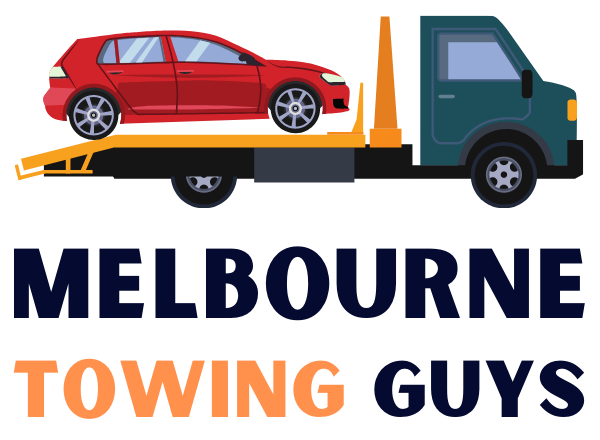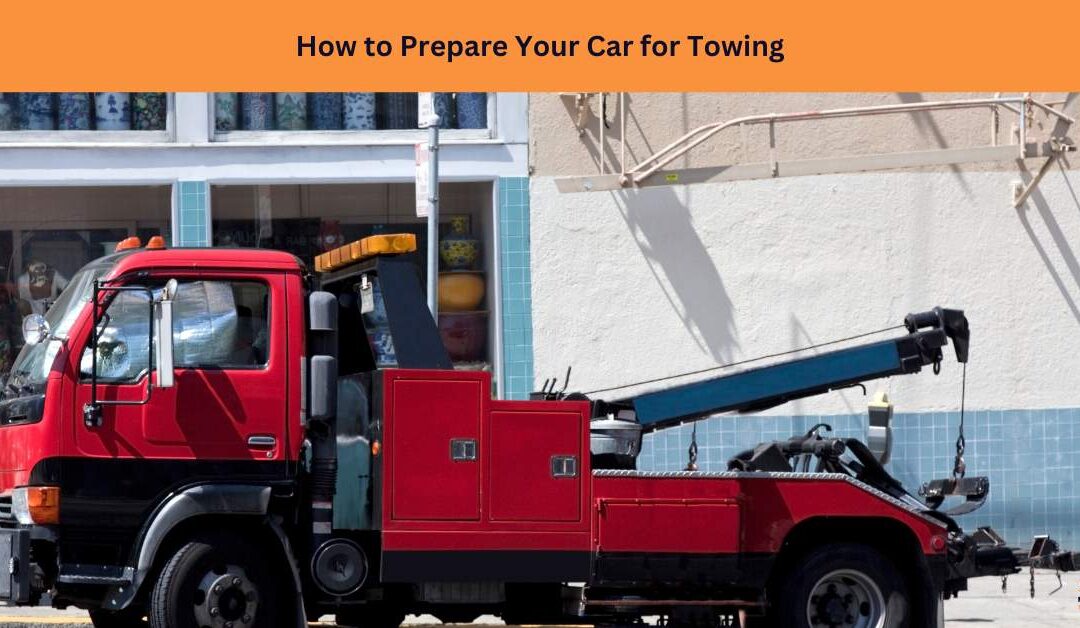Whether it’s due to a breakdown, an accident, or simply transporting your car over a long distance, preparing your vehicle properly for towing is crucial. Ensuring your car is tow-ready can help avoid damage, make the towing process smoother, and keep you and the tow operators safe. Here are the steps to prepare your car for towing.
1. Know Your Towing Options
Before preparing your car, familiarize yourself with the different towing methods:
Flatbed Towing: Your car is lifted entirely onto a flatbed truck, which is the safest option, especially for long distances and all-wheel or four-wheel drive vehicles.
Wheel-Lift Towing: A tow truck lifts either the front or rear wheels off the ground, commonly used for short-distance tows.
Hook and Chain Towing: Less common today due to potential damage, this method uses a hook to lift the front of the car, leaving the back wheels on the ground.
Understanding the method of towing helps in determining how best to prepare the vehicle.
2. Check Your Owner’s Manual
Your vehicle’s owner’s manual will have specific guidelines on towing for your make and model. Some cars, especially all-wheel-drive and electric vehicles, require specific towing methods to avoid damage. The manual can also tell you where to find the best towing points on your vehicle.
3. Remove Personal Belongings
Clear out any personal items from the car. Towing can cause slight shifts inside the vehicle, especially if it’s going over bumps or on rough roads. Items can move around and potentially cause damage to the interior. Remove any valuables, electronics, documents, and loose items to prevent them from being damaged or lost.
4. Secure Loose Parts and Accessories
Loose parts or external accessories can easily get damaged or fall off during towing. Here’s what to check:
Retract or Remove Antennas: Retract the antenna if it’s manual, or remove any external antennas altogether.
Remove or Secure Roof Racks: If you have roof racks or attachments, remove them if they’re not needed. If they must stay on, make sure they are properly tightened.
Fold In Mirrors: Folding in side mirrors will minimize the chances of them getting hit or damaged during towing.
Check the Battery: For long-distance towing, consider disconnecting the battery to avoid drain or accidental use of electronics.
5. Document the Car’s Condition
Take photos of your car from all angles before it’s towed. This includes close-ups of the tires, bumpers, and any existing scratches or dents. These photos can serve as documentation to help protect you in case of any disputes about the car’s condition after towing. Noting its condition beforehand can also bring peace of mind.
6. Inflate the Tires
Make sure all tires are properly inflated. Flat or under-inflated tires can cause problems during towing, especially for wheel-lift towing methods where two wheels remain on the ground. Properly inflated tires also help stabilize the car on a flatbed and prevent unnecessary wear on the rims.
7. Disengage the Emergency Brake (for Wheel-Lift or Flatbed Towing)
If your car is being towed with any wheels on the ground, releasing the emergency brake is essential. Leaving the brake engaged can damage the brake system and create resistance during towing. For flatbed towing, the emergency brake must be released before the vehicle is pulled onto the bed. Consult with the towing operator to determine if this applies to your situation.
8. Put the Car in Neutral (if Necessary)
For vehicles being towed with wheels on the ground, shifting the transmission to neutral allows the wheels to move freely. However, some cars, particularly electric and all-wheel-drive models, may require special towing considerations to avoid transmission or motor damage. Again, your owner’s manual will offer guidance on this.
9. Secure the Car Keys
Make sure you have an extra set of keys, especially if you’re not going to be with the vehicle during towing. Hand over the main set to the towing operator, but keep a backup set with you in case you need to access the car later.
10. Communicate Any Specific Issues with the Towing Operator
Let the tow operator know about any specific problems with your vehicle. For example:
Steering or Brake Issues: If your car has faulty brakes or steering issues, let the operator know so they can take necessary precautions.
Leaking Fluids: Mention any fluid leaks, as these can affect how the vehicle should be towed and may require additional safety steps.
Vehicle Modifications: If your car has modifications, such as a lowered suspension or added spoilers, inform the operator so they can handle the vehicle carefully to avoid damage.
11. Be Aware of Weight Limits
If you’re towing a heavily loaded vehicle or a large car, it’s crucial to be aware of the weight and capacity of the tow truck. Towing a vehicle beyond the truck’s capacity can be dangerous and may lead to mechanical issues or damage to both vehicles.
12. Prepare for the Destination
Make arrangements in advance for where your car will be dropped off, such as a repair shop, your home, or a storage facility. Confirm with the tow operator that they have the address and contact information for the destination, and ensure that there is enough space for the vehicle to be unloaded safely.
13. Have Necessary Documentation Ready
When preparing your car for towing, have your registration, insurance information, and ID handy. Some towing companies may ask for these documents to verify ownership or to follow regulations, especially if your car is being towed due to an accident.
14. Ensure Good Visibility at Night or in Poor Weather
If you’re being towed at night or during inclement weather, ensure your car is as visible as possible. Make sure your hazard lights are on, or ask the tow operator if they have additional lights they can attach for added visibility.
15. Verify Towing Coverage
Check with your insurance provider or roadside assistance plan to confirm whether towing is covered. Many roadside assistance programs include a certain number of tows per year. Knowing your coverage options can save you from unexpected costs and ensure you receive professional service.
Final Tips
Preparing your car for towing is about more than just convenience; it’s about safety, protecting your vehicle, and avoiding further issues. Following these steps helps ensure a smooth towing experience, giving you peace of mind and reducing the risk of damage. Remember that professional towing operators are experienced with various types of vehicles, so don’t hesitate to ask questions or provide additional information about your car.
If you are in Glen Waverley, Victoria 3150, Australia and looking for a tow truck service or roadside assistance service, this is the best way to visit us.
Melbourne Towing Guys
12 Esperance Rd
Mount Waverley VIC 3149
(03) 7037 7636


Recent Comments